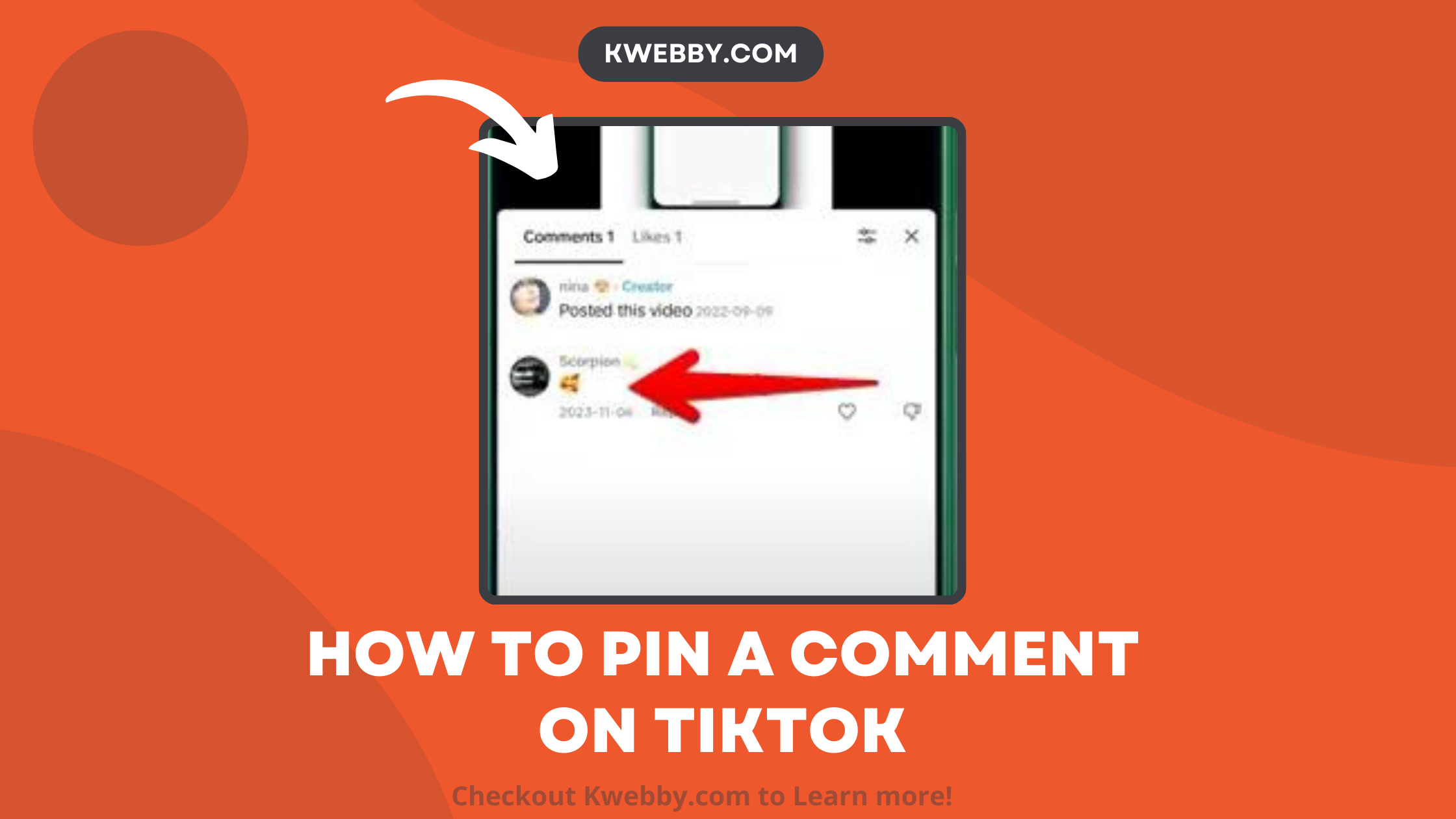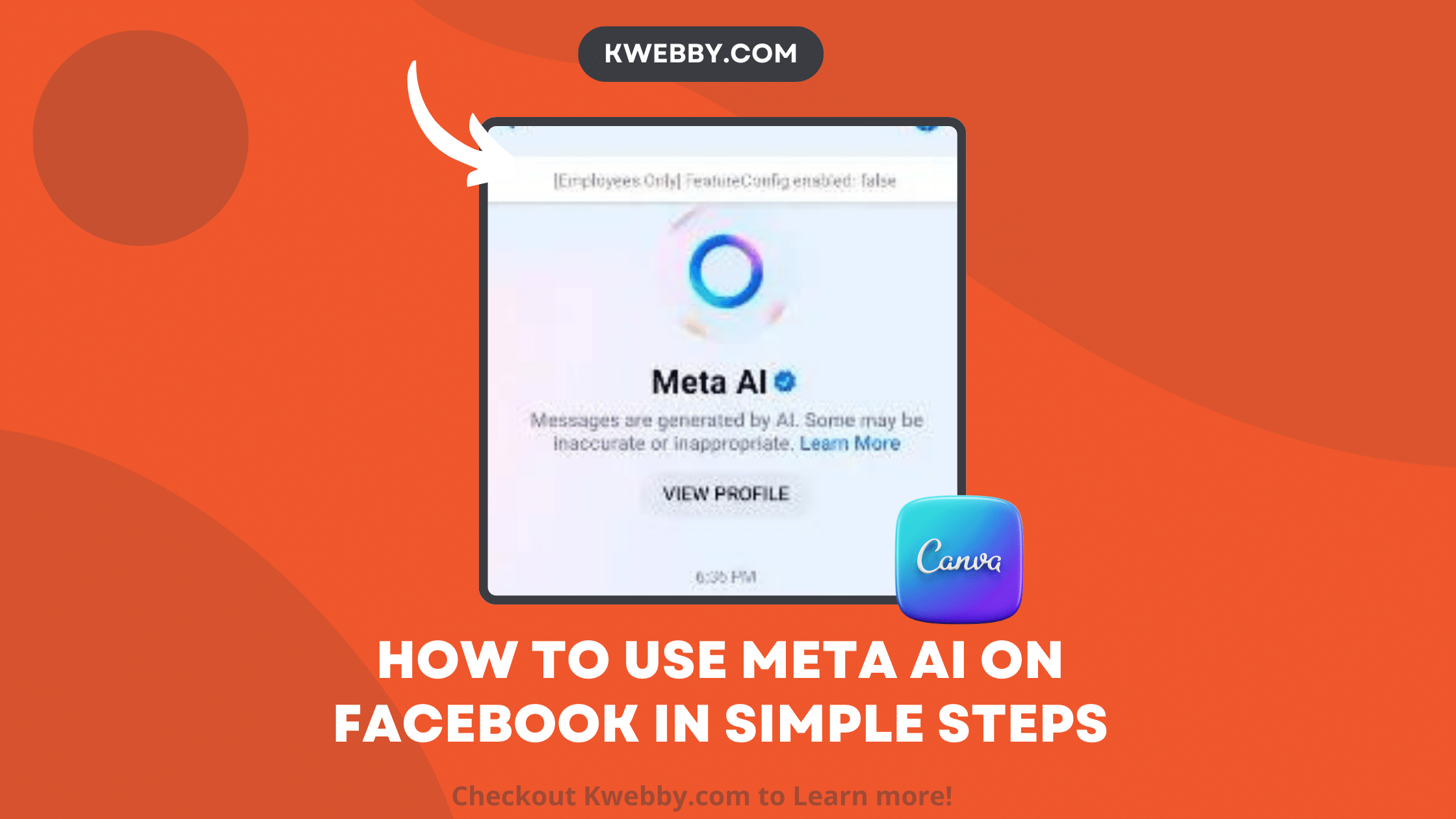Home / Blog / Blog / UX and SEO: Why Good User Experience is Essential for SEO in 2025
Blog, Core Web Vitals, Development, SEO, Tutorials, Web Design

UX and SEO: Why Good User Experience is Essential for SEO in 2025
Choose Your Language:
If you’re running a website, it’s important to ensure that you provide a good user experience (UX). After all, if your users don’t enjoy using your site, they will not stick around for long.
Not only that, but Google is now considering UX when ranking websites. In other words, if your site has a poor User Experience, it will rank lower in search results than websites with better UX.
1 What is UX?

UX stands for user experience. It’s the overall experience that a user has when using your website, app, or product.
UX includes everything from how easy it is to use your site to how enjoyable it is to interact with.
For your website to provide a good UX or User experience, it needs to be easy to use and navigate.
Users should be able to find what they’re looking for quickly and easily. Additionally, your site should be visually appealing and engaging.
2 Why is UX Important for SEO?
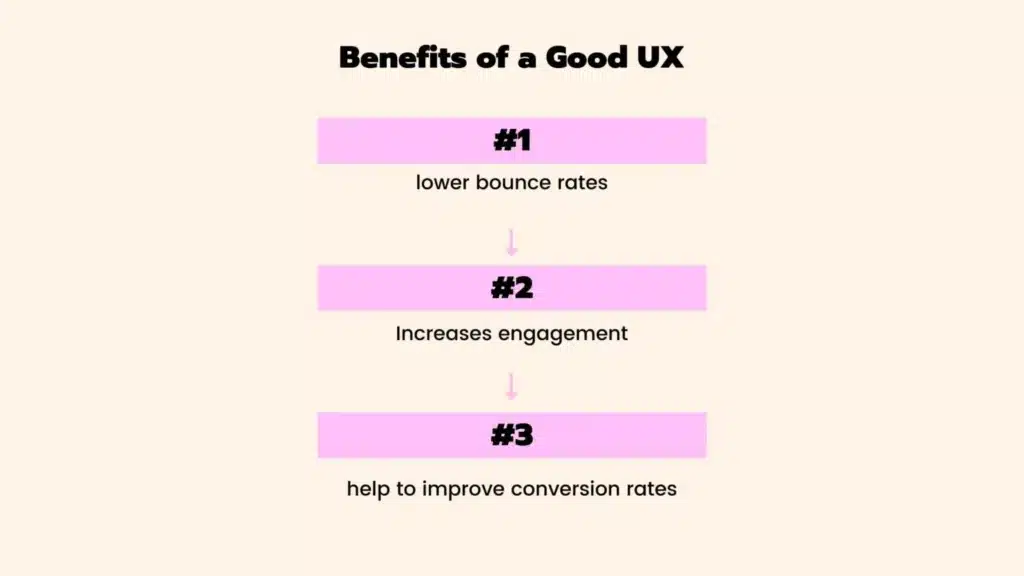
In this blog post, we’ll discuss the importance of UX for Search engines and how you can improve your website’s User Experience.
You may have heard the term “user experience” or “UX” thrown around a lot lately. It’s become quite a buzzword in the marketing and tech industries.
But what exactly is user experience, and why should you care about it if you’re in charge of your company’s website and its SEO?
3 UX And SEO
User experience design is about creating websites, apps, or other digital products that are easy to use and provide a good experience for the user.
We’ve all had the experience of trying to use an app that was poorly designed or navigating a website that was confusing and frustrating.
Bad UX can drive users away from your site and cost you conversions. But good UX can help improve your SEO. Here’s how:
4 A good User Experience helps reduce your bounce rate.
Your bounce rate is the percentage of visitors who come to your site and then leave without taking any further action.

A high bounce rate is bad for SEO because it tells Google that your site wasn’t relevant to what those users were looking for, and they didn’t find what they were looking for on your site.
Good user experience, on the other hand, keeps users engaged with your site. If they can easily find what they’re looking for on your site, they’re more likely to stick around and explore other pages on your site.
This lowers your bounce rate and can help improve your SEO.
5 Good UX Design helps improve Dwell Time
Dwell time is the amount of time a user spends on your site before returning to the search result page.
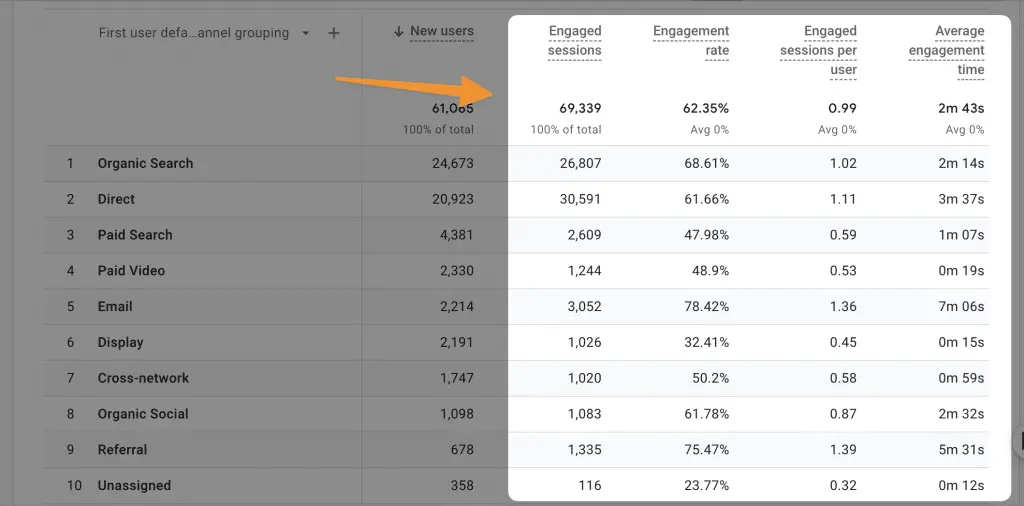
Similar to bounce rate, dwell time is a signal to Google about how relevant and useful your site is to searchers.
If someone clicks on your listing in Google and then quickly returns to the search results page, Google will assume that your listing wasn’t relevant to what they were looking for, and it will lower your ranking accordingly.
On the other hand, if someone clicks on your listing and spends several minutes browsing through your site before returning to the search results page, Google will take that as a sign that you are providing relevant, useful content, and it will likely increase your ranking in search results.
6 Good UX helps reduce your pogo-sticking rate.
Pogo-sticking is when a searcher clicks on a listing in Google search results, doesn’t find what they’re looking for, goes back to the search results page, and clicks on a different listing.
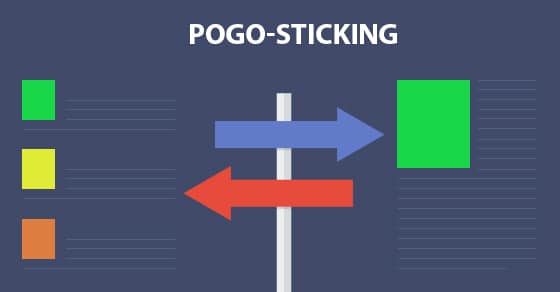
This signals to Google that the first result wasn’t relevant to what the searcher was looking for since they didn’t find what they needed on that site.
Please note that Google does not consider the Pogo-sticking rate as a ranking factor, as confirmed by John Mueller.
As a result, Google will lower the ranking of that listing over time so that it appears lower in future search results for similar queries.
7 Good UX Improves Search Engines Rankings

Good user experience is essential for good search engine rankings. If users are frustrated with your website or find it difficult to navigate, they will quickly leave, and Google will take note.

Poor UX affects SEO and can also lead to high bounce rates and low dwell times, both of which are factors that Google takes into account when ranking websites.
However, good UX can help keep users engaged with your site, reducing bounce rates and increasing dwell times. This, in turn, can improve your SEO ranking.
Tools you can use to improve UX on your site;
8 Google’s Core Web Vitals for Developers

Google has released Core Web Vitals, a set of metrics that measure the quality of a user’s experience on a web page.
The metrics are:
- Largest Contentful Paint: measures how long it takes for the main content of a page to load.
- First Input Delay: measures how long it takes for a page to become interactive.
- Cumulative Layout Shift: measures how many unexpected layout changes occur during the page load.
Developers can use these metrics to measure the quality of a user’s experience on their site and make improvements accordingly.
Improving UX is essential for good SEO, and Google’s Core Web Vitals are a good way to measure the quality of a user’s experience on your site. If you’re not sure where to start, our team of experts can help.

Get in touch today to learn more about how we can help improve your website’s UX and SEO.
These signals are based on user experience metrics, and they will become a part of Google’s ranking algorithm in 2021.
Good UX is about to become even more important for SEO.
9 SEO Best Practices to Improve the UX of your Website
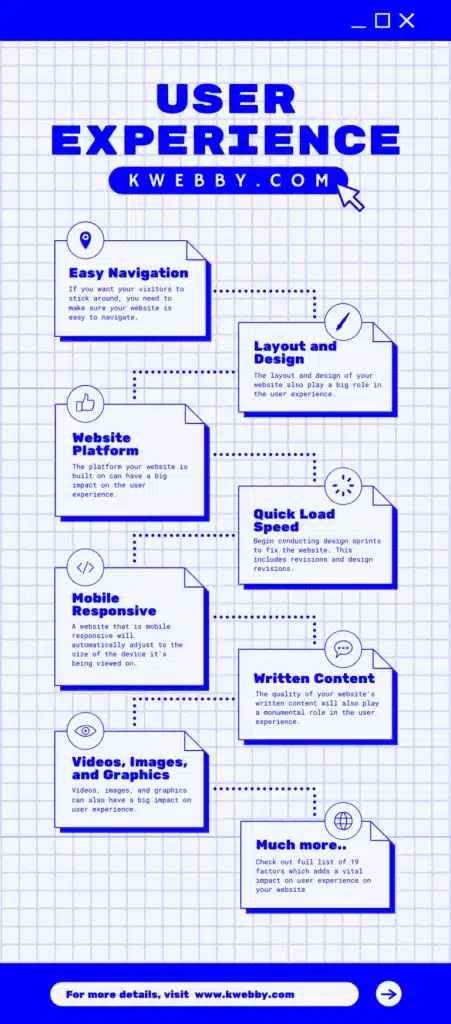
There are multiple ranking factors involves to increase the ranking of your pages, An Impact SEO can help you to achieve the same.
Also, read 19 Ways to Improve User Experience on Your Website: A Comprehensive Guide
Here are some SEO best practices that help you improve your UX and SEO:
9.1 Mobile Responsiveness
Make sure your site is responsive and mobile-friendly. More and more people are using their smartphones to search the web, so your site must be designed for mobile devices.
Conduct your mobile friendly test here.
You can test your site’s mobile-friendliness with Google’s Mobile-Friendly Test tool for mobile users.
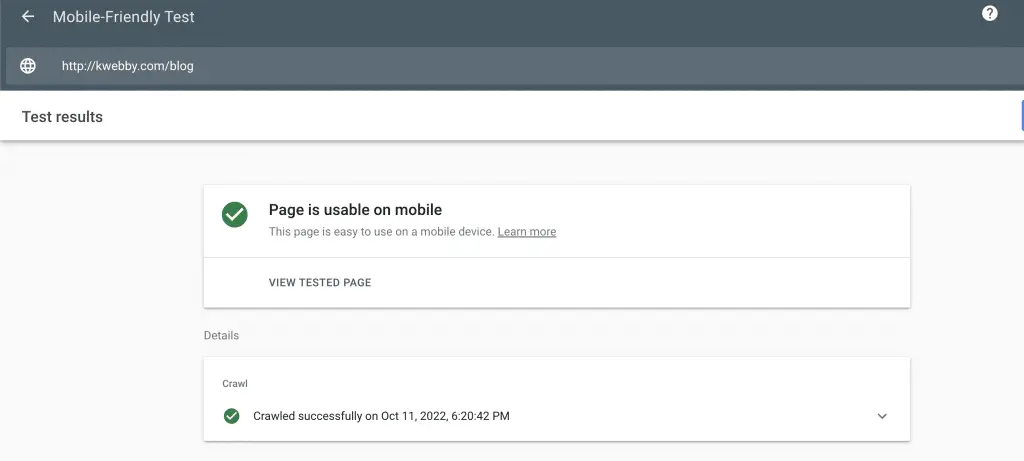
9.2 Navigation
Your website’s navigation should be easy to use and understand. Users should be able to find what they’re looking for quickly and easily.

If your navigation is confusing or difficult to use, users will likely leave your site without finding what they’re looking for, increasing your bounce rate.
SEO-friendly design with good navigation improves site architecture as a whole.
9.3 Clear and Concise Content
Your content should be clear and concise. Write in short, easy-to-read sentences and use bullet points to break up long paragraphs of text.
Your content should also be relevant to what users are searching for. Use keyword research to find out what people are searching for and then create content that is relevant to those queries.
9.4 Design Matters
Your website’s design matters, both for UX and SEO. A well-designed site is easy to navigate and looks good on all devices.
Your website should also be fast. Google considers web page speed when ranking websites, so it’s important to make sure your site loads quickly.
You can test your site speed with Google’s Page Speed Insights tool.
SEO and UX are both important for a successful website. Improving your UX can help improve your SEO, and vice versa. By following the tips above, you can start to improve both your UX and your Search engine optimization.
9.5 Page Speed
Pay attention to page speed. Slow loading pages are a major turn-off for users and can lead to high bounce rates.
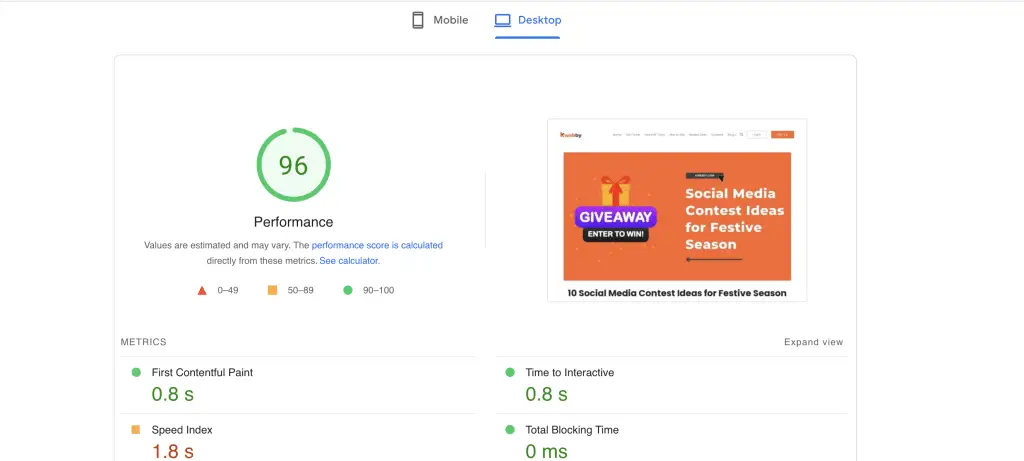
As we said earlier, You can test your site speed with Google’s Page Speed Insights tool.
These are just a few tips to help you improve your UX and SEO. Keep these factors in mind as you work on designing and optimizing your website.
9.6 Build for People, not for Search Engines
It’s important to remember that you are designing your website for people, not for search engines.
In the end, Your content and design should benefit the end user or your customer, not search engine bots; You can optimize it for search engines, not the other way around.
While it’s important to consider SEO when creating your website, ultimately, your goal should be to create a site that is enjoyable and easy to use for your visitors.
If you focus on providing a good user experience, the SEO benefits will follow.
SEO and UX are both important for a successful website.
Improving your UX can help improve your SEO, and vice versa. By following the tips above, you can start to improve both your UX and your Search engine optimization.
You can also follow SEO Best Practices on our blog to know more about the best and trending ways to tweak your website to improve rankings.
10 More Resources
- Google Images SEO in 2022: Best Practices
- 9 Most Important Meta Tags You Need to Know for SEO
- Does Alt Text on Instagram Help SEO? Read Why Its Powerful in 2022
- How does the Youtube channel help your SEO strategy? (9 Powerful Reasons)
- Robots.txt for SEO in 2022 – A Comprehensive Guide
11 Conclusion
As you can see, user experience has a direct impact on SEO—specifically, on three important ranking factors: bounce rate, Dwell time , and pogo-sticking rate.
So if you want to improve your ranking on a search engine,you need to focus on delivering a good user experience.
That means creating websites and content that are easy to use, well-designed,and informative.
It also means making sure that users can easily find what they need on your website so they don’t get frustrated and go back to the search engine listings web pages.If you can do all of those things ,you ‘ll be well on your way to Impact SEO rankings.


